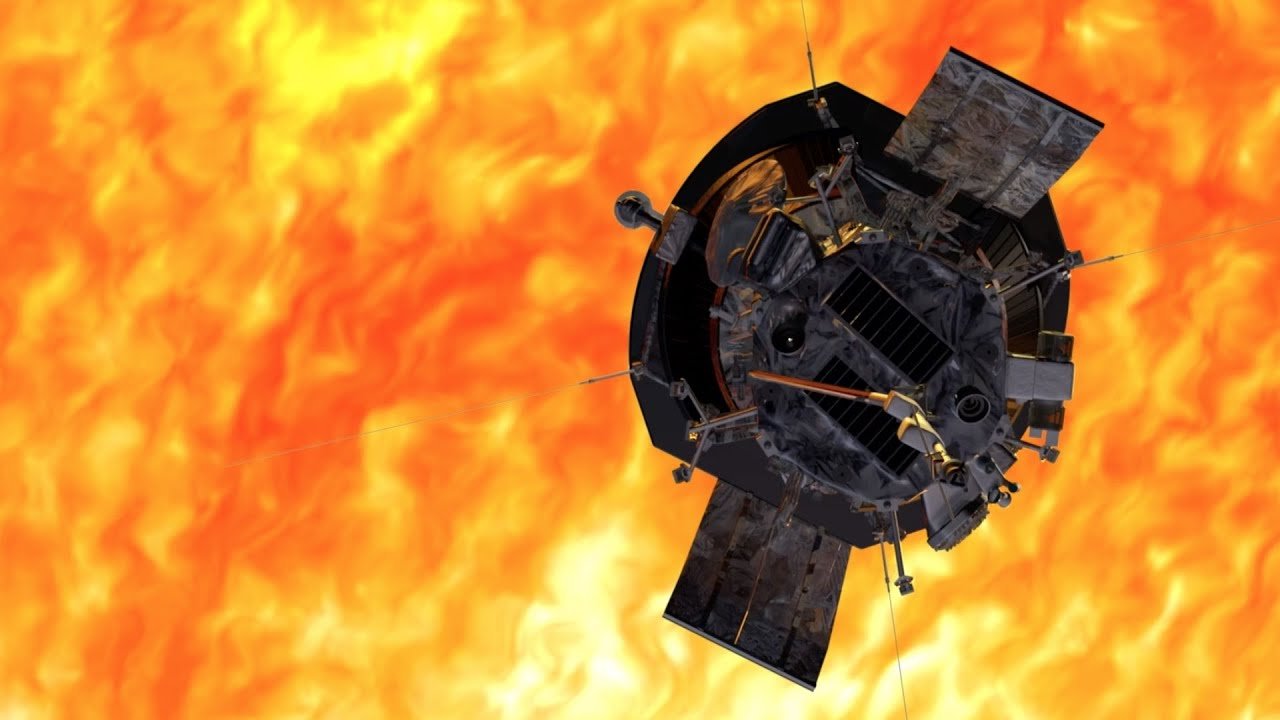NASA’s Parker Mission to Make Solar Landing in 2024
NASA’s Parker Solar Mission is a historic mission in orbit like a cosmic explorer traveling closer to the Sun than any previous spacecraft in 2024. It has incredible speed which exceeds even the time it takes to go from New York to Tokyo in a single minute.
This makes it the fastest human-made spacecraft to the recent date yet. Parker is attempting an extraordinary record-breaking achievement by accessing the corona. Corona is the outer atmosphere of the Sun.
NASA’s Parker Mission requires controlling system through a very hot environment that is hotter than the surface of the sun. Parker achieves this by carefully utilizing the gravitational pull of Venus which is a neighboring planet to increase its speed and proximity to the sun.
The importance of Parker’s mission is equal to the historic Moon landing in 1969 which was a great achievement in space exploration. Scientists are excited about Parker’s exploration into unexplored areas which is equivalent to approaching and examining a star up close.
Parker has equipment for taking photographs and sensing sounds in the diversity of space. As well as a specialized shield to survive the sun’s intense heat. A white shield that reflects heat off the front and keeps things cool in the back.
Click here to read the updates on NASA Unveils Mars Stunning Horizon
However, the mission is similar to that of a space detective. It has the goal of solving mysteries around the sun and its outer atmosphere. Understanding the elevated temperature of the outer layer of the sun relative to its surface is one of the scientific goals.
Researchers are also interested in learning more about solar winds and storms. It may have an impact on terrestrial elements such as communication systems and even people in space.
The plenty information of Parker can foresee and understand space events of space. Parker has a unique opportunity to collect significant data this year. Because its trajectory will no longer allow for closer contact with the Sun after December. This marks the conclusion of an important space exploration adventure.
Read More:
- Scientists created superflies to eat human poop & clean streets
- Samsung Galaxy Z Flip 6 5G features, specifications & price
- NASA sent first 4K video from aircraft to the space station
- Dogs behave depressed after sensing stress in dogs, study shows
- Australian govt issued notice to tech companies to report on child abuse
- Oppo K12x 5G release date, features, specifications & price
Share this content:









Post Comment